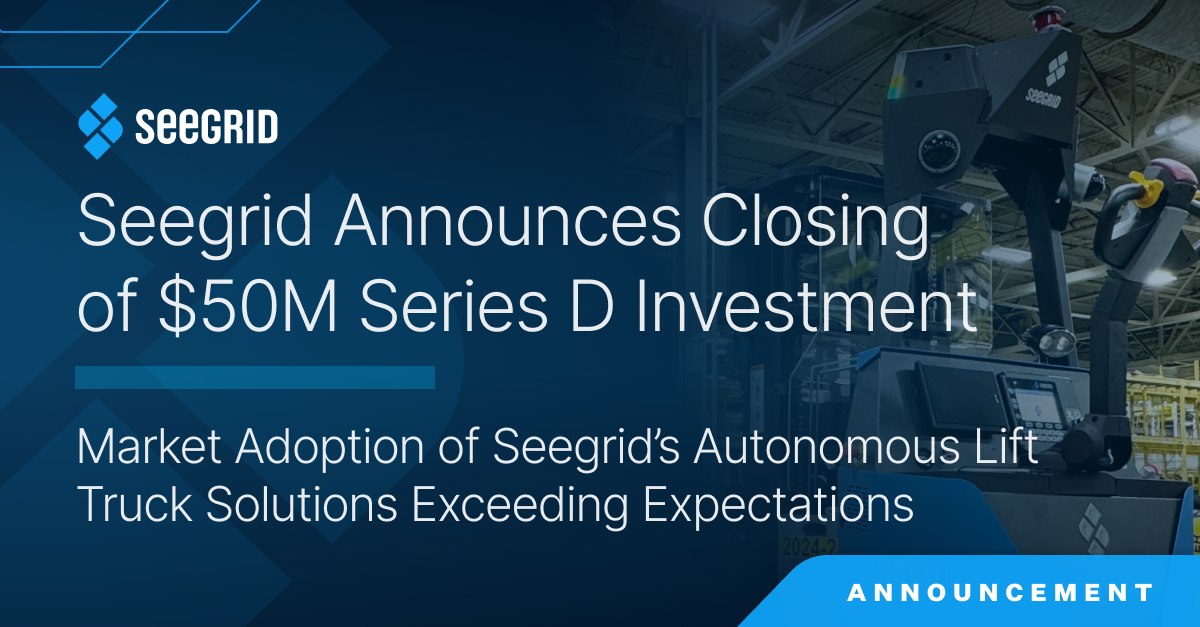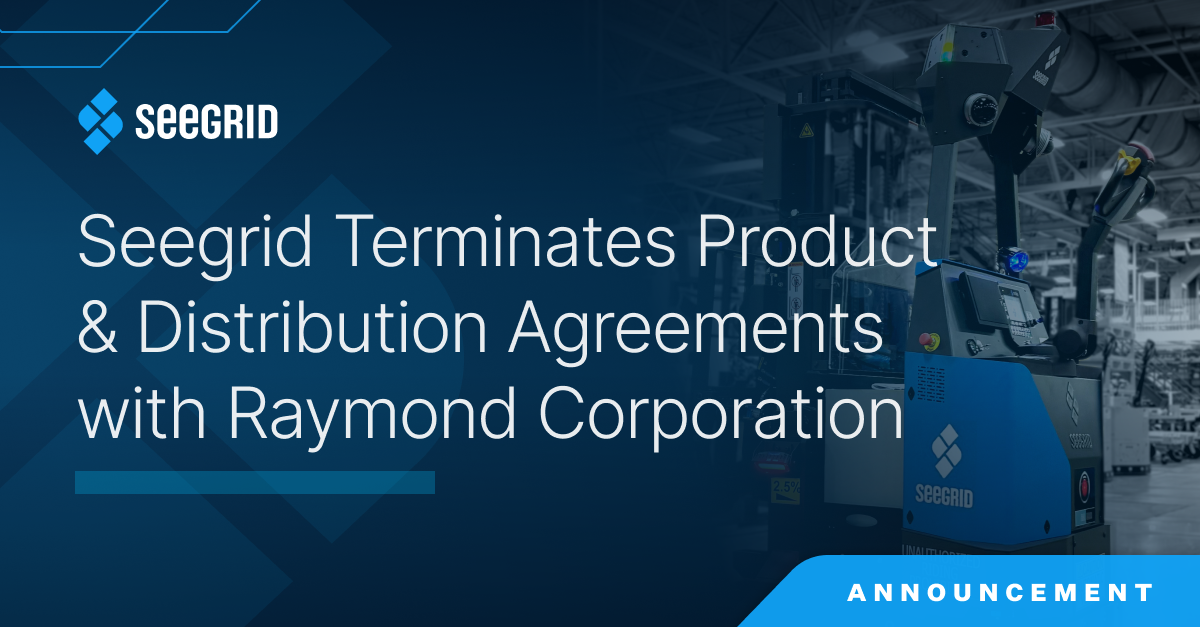Once the stuff of science fiction, today's mobile robots empower companies to act more flexibly and nimbly. Here are some examples from right here on earth.
GE Appliances, a Haier company, has added about 2,000 new employees across nine U.S. manufacturing plants during the past several years and has invested more than $700 million in technology to build out its supply chain.
The investment included 17 Raymond Courier 3020 automated tow tractors that employ vision-guided technology developed by Seegrid Corporation—a producer of self-driving, vision-guided vehicles—to autonomously navigate four of the company's plants.
Several objectives drove these investments. One was to replace forklifts that operate near people with tools that would enhance safety and allow greater flexibility. Another was to minimize the "three Ds"—dirty, dull, or difficult jobs. Finally, automation provides a more precise understanding of where products are located across the supply chain.
"We've been driving end-to-end supply chain visibility," says Harry Chase, director, advanced manufacturing, strategic materials, for GE Appliances.
GE Appliances uses the automated tractors in numerous ways, including moving parts from within the facilities to assembly or paint lines, and transporting finished goods, such as cook tops, to shipping docks. The company is also starting to use the vehicles to feed products into the picking area and to move picked parts to shipping docks.
The tractors offer several advantages over other types of automation. They were operational within about one week, compared to months-long implementations for other types of automation. Once they're up and running, rerouting the tractors can be accomplished in an afternoon. Training is similarly rapid.
"The autonomous mobile robots (AMRs) have been a game-changer," Chase says. Along with boosting throughput and quality on the assembly lines, GE Appliances uses them to automate material flow. "We're trying to push the boundaries of the technology," he adds.
GE Appliances isn't alone. The market for automated guided vehicles (AGVs) and AMRs will grow by about 35% annually and reach $13.2 billion by 2026, predicts ResearchAndMarkets (see sidebar).
One reason is the need for supply chain resilience, which the pandemic highlighted. About 80% of retailers responding to a recent Deloitte survey indicate they're investing for supply chain resilience.
The past year reduced resistance to robotics and automation, both of which can help build supply chain agility," notes Barb Renner, vice chair and U.S. consumer products leader with Deloitte.
As consumers demand more choices, lower prices, and faster deliveries—and can shift their spending habits with a mouse click—it has become clear that businesses "can't solve problems the way they solved similar issues in the past," says Jeff Christensen, vice president, product, with Seegrid. They need to transform their logistics operations "to find the magic path," he adds, where they can be cost-effective, flexible, and resilient.
The relatively modest investment required to implement robotics—many providers will lease robots for several years—tends to fit most contracts between third-party logistics (3PL) providers and their clients, says Joe Couto, CEO of Körber Supply Chain Software for Latin America, Asia-Pacific, and Africa. Leasing the equipment also allows companies to scale up or down as needed.
Here are some real-world examples of companies experiencing the benefits of deploying robotics and other types of automation.







